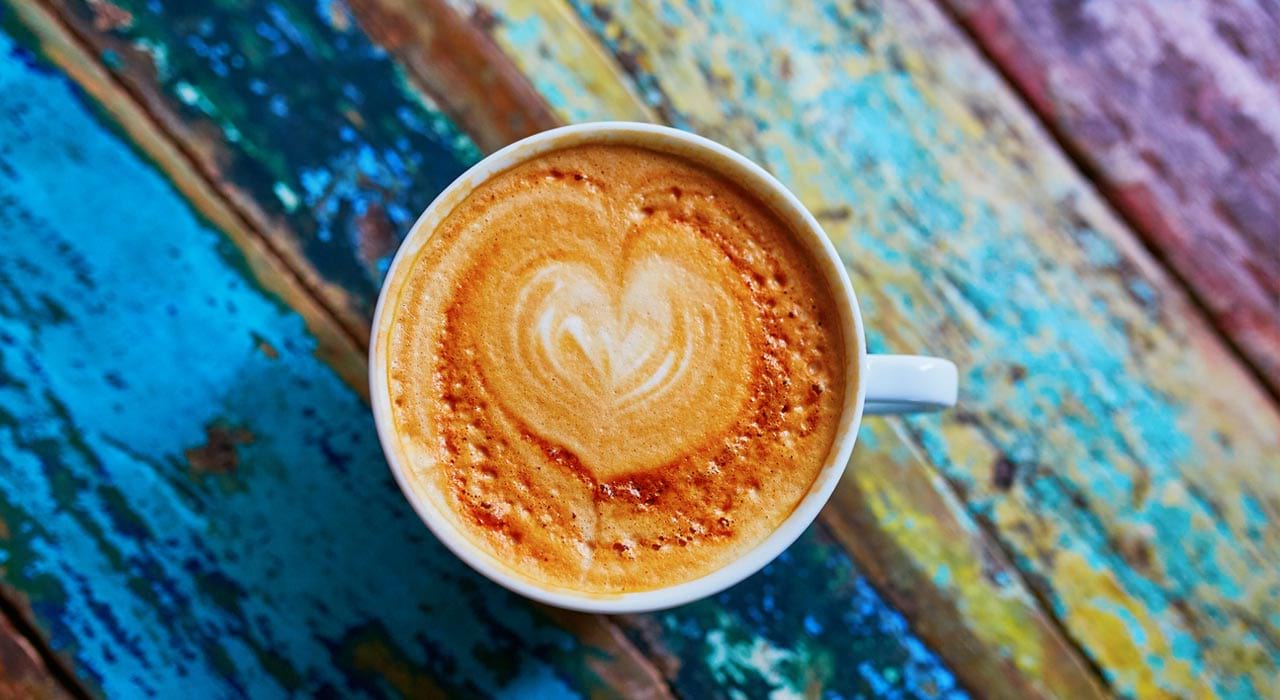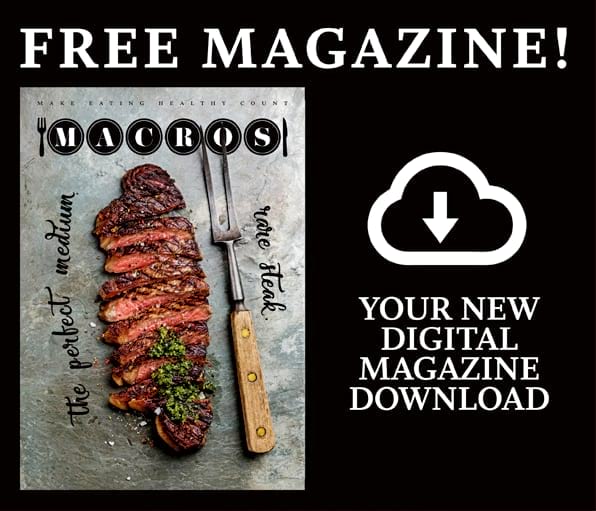By MACROS | Published on July 2, 2017
Coffee is so widely drunk that the humble bean has become the world’s second most traded commodity – just behind crude oil.
This black gold of the human engine tirelessly fuels the world’s athletic, cerebral and social endeavours, yet there’s more to it than you might think. For one, its internal effects offer far more than just anti-venom for post-training fatigue.
In reality it’s a drug, alien to your body, that’s processed eagerly by your digestive system to supply your brain and muscles on a cellular level with a host of important benefits.
And while caffeine might be this drink’s buzzword, its lesser-known compounds – caffeic acid and cholorgenic acid (CGA) – have tremendous anti-inflammatory and anti-oxidative properties, found research in Pharmaceutical Biology.
These compounds protect you against a myriad of diseases, while the CGA acts as a carbohydrate blocker that delays insulin secretion, making it a crucial compound when trying to lower your body fat percentage. What’s more, promising research in PLOS One found it also protects against depression, anxiety and inflammation.
But before you rush to grab one, not all coffee is created equal, and to get these benefits you might need to be a little more selective with what you put in your mug.
Focus On Quality
Ditch that horrendous instant coffee because many of its compounds, especially CGA, are stripped from it during production, found research in Journal of Analytical Methods in Chemistry. Plus, coffee connoisseurs would attest to its criminal offense against your taste buds.
Timing is Key
The longer coffee beans are roasted for, the fewer antioxidants they contain, found a study in Journal of Agricultural and Food Chemistry. Therefore, green coffee beans and lightly roasted ones contain roughly twice as many as dark roasts, which contain next to none. If you’re settled on a particular brand then take the time to accustom yourself to a less processed version.
– RELATED: What Is The Healthiest Coffee To Order? –
Under Pressure
Brewing coffee under pressure typically preserves more precious antioxidants, found a study in Journal of Analytical Methods in Chemistry. You don’t need to splash out on a brand new coffee maker. Using something like an AeroPress (aeropress.com, $29.95) can do just as good a job for half the price of a beast of a machine that’ll take up half your kitchen’s bench space. That said, it does give you a good excuse to get a cup made for you at your local coffee house.
Blue Pill or Red Pill?
Two types of bean are used across the globe: Arabica, which typically tastes sweet and tangy; or robusta, which has a more subtle nutty and grainy taste. More important is their chemical makeup.
On average, robusta contains double the amount of antioxidants, dependent on your method of brewing, found a study in Journal of Analytical Methods in Chemistry. It may not be possible to ask what your brew is made of at your local coffee house but you can in your own kitchen.
So what do I do next time I want a coffee?
These four simple points don’t require you to become a coffee expert or start up a business in your local café. Switch to filter instead of instant, choose a light roast, brew in an AeroPress and chose robusta beans. By doing so you’ll increase your antioxidant uptake and health significantly while making the most of one of life’s most pleasurable experiences.

